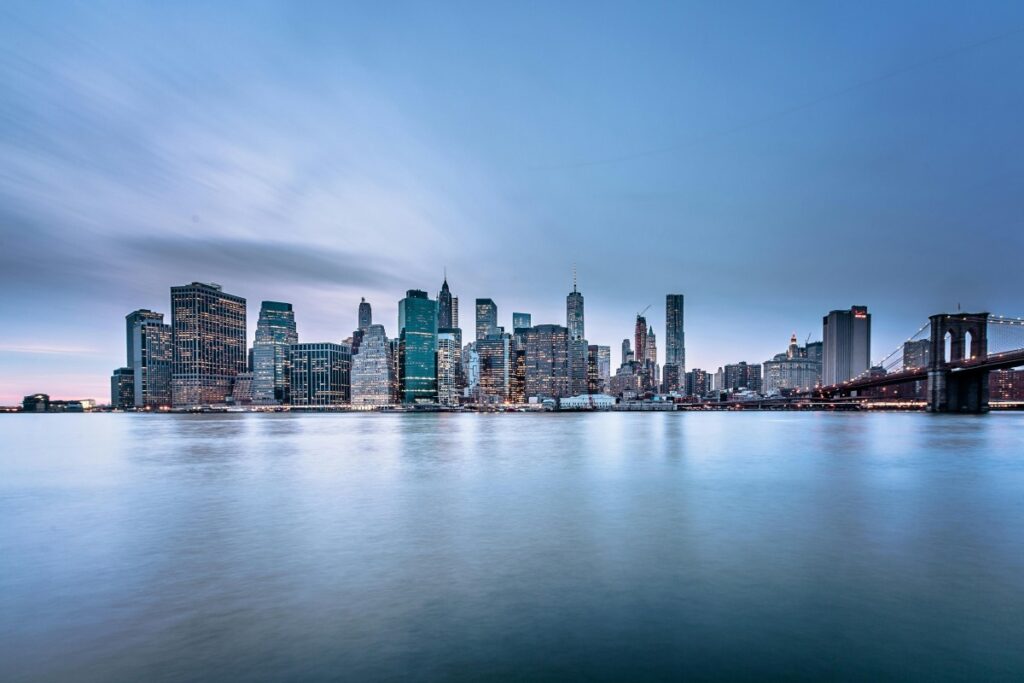In the ever-evolving world of influencer marketing, WhatsApp has quietly become a powerhouse platform, especially for those wanting to tap into cross-border opportunities. If you’re a WhatsApp influencer based in the United States looking to work with brands in India, buckle up — this isn’t your typical influencer-brand collab. It’s a whole new ball game that requires savvy know-how about two very different markets, payment systems, and cultural nuances.
As of April 2025, the U.S. influencer marketing scene is buzzing with cross-border deals, and India, with its booming digital economy and massive consumer base, is a prime target. This article is your no-fluff, practical guide to nailing WhatsApp influencer-brand collaborations between the United States and India.
📢 Why WhatsApp Is a Game Changer for US Influencers Collaborating with Indian Brands
WhatsApp isn’t just a messaging app anymore. In India, it’s basically the internet for millions. The platform boasts over 500 million active users there, making it the go-to channel for brands to reach their audience. Meanwhile, in the United States, WhatsApp is popular among immigrant communities and tech-savvy users, making it an ideal bridge for cross-border influencer marketing.
Unlike Instagram or TikTok, WhatsApp offers a more intimate, direct line to followers through group chats, broadcast lists, and one-on-one conversations. This directness is gold for Indian brands looking to build trust and authenticity — things US influencers can deliver if they play their cards right.
💡 How United States WhatsApp Influencers Can Approach Indian Brand Collaboration
Understand the Indian Brand Landscape
Indian brands come in all shapes and sizes — from startups in Bangalore hustling on shoestring budgets to corporate giants like Tata and Reliance pumping serious ad dollars. Your approach depends on who you want to work with.
For example, if you’re targeting a fashion brand like FabIndia, which heavily leans on authentic storytelling and cultural roots, your WhatsApp content must reflect that vibe. On the flip side, tech brands like Byju’s or Paytm might prefer influencers who can explain their products clearly in WhatsApp groups full of engaged users.
Use Local Currency and Payment Methods
Money talk: Indian brands mostly operate in Indian Rupees (INR), and their preferred payment methods include UPI apps (like Google Pay and PhonePe), IMPS transfers, or Paytm wallets. As a U.S. influencer, you’ll want to set up accounts that facilitate international payments easily—think PayPal, Wise (formerly TransferWise), or even direct wire transfers in USD.
Pro tip: Clarify payment terms upfront. Indian brands may prefer milestone-based payments or partial advances, so be flexible but firm on your rates in USD to avoid nasty currency conversion surprises.
Legal and Cultural Nuances Matter
India’s advertising laws and data privacy rules are tightening, similar to GDPR in Europe but with local twists. You’ll need to comply with the Advertising Standards Council of India (ASCI) codes — no fake claims or misleading promotions. Plus, Indian consumers value respect for cultural and religious sentiments, so steer clear of controversial topics.
On WhatsApp, keep your promotions compliant by clearly labeling sponsored messages and respecting user privacy. Also, consider India’s varied languages — Hindi, Tamil, Telugu, and more — and don’t underestimate the value of bilingual content.
📊 Examples of Successful US WhatsApp Influencer Collaborations with Indian Brands
Take the case of Sarah, a food blogger in New York who teamed up with a Mumbai-based spice company. She used WhatsApp broadcast lists to share exclusive recipes, spice tips, and discount codes with her followers, many of whom were South Asian Americans hungry for authentic flavors. The brand loved the direct engagement, and Sarah’s follower count shot up by 20% within three months.
Another example is Mike, a tech influencer from San Francisco, who partnered with an Indian edtech startup to run WhatsApp product demos and Q&A sessions in niche groups. This helped the startup crack the U.S. market while Mike earned a solid commission through affiliate sales.
❗ Risks and Challenges to Watch Out For
Cross-border payments can sometimes get stuck due to banking restrictions or currency controls. Make sure you have a backup payment method.
WhatsApp’s policies on business messaging and bulk broadcasts are strict — don’t spam your contacts, or you risk getting banned.
Time zone differences between the United States and India can complicate real-time communication, so set clear expectations with your brand partners on response times and content delivery.
### People Also Ask
How can WhatsApp influencers in the United States get noticed by Indian brands?
Start by networking on platforms like LinkedIn, Indian marketing forums, or influencer networks such as BaoLiba, which specialize in cross-border collaborations. Showcase your engagement metrics and tailor your pitch to Indian market needs.
What payment methods do Indian brands prefer when working with US influencers?
Indian brands typically use UPI apps, bank transfers, or Paytm wallets domestically. For international payments, PayPal, Wise, and wire transfers in USD are common. Clarify payment terms early to avoid confusion.
Are there legal concerns for US influencers working with Indian companies via WhatsApp?
Yes, influencers must comply with Indian advertising laws and WhatsApp’s terms of service. Avoid false claims and ensure transparency in sponsored content to stay compliant.
BaoLiba will keep updating you on the latest United States influencer marketing trends. Stay tuned and follow us for more insider tips to level up your cross-border game!


